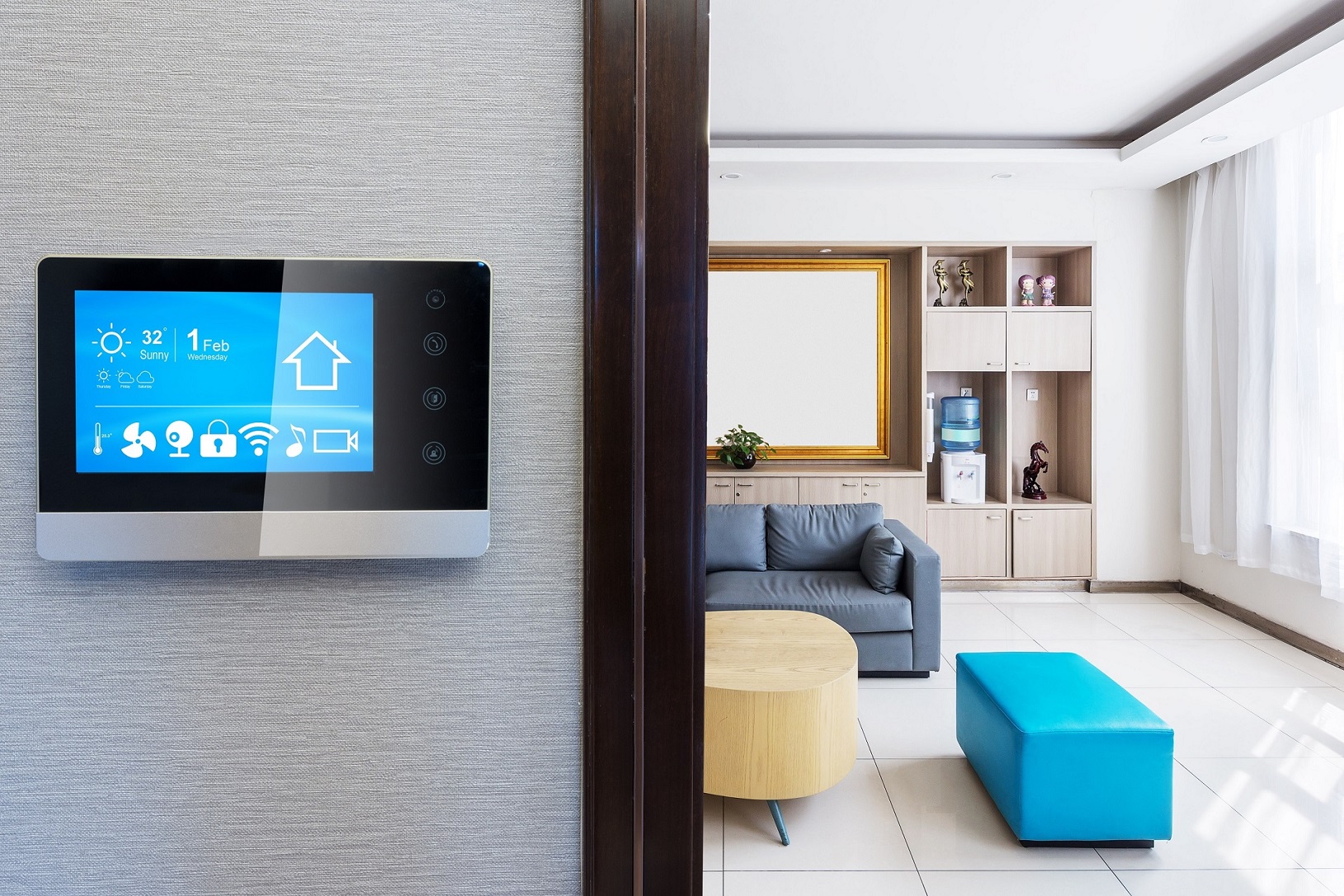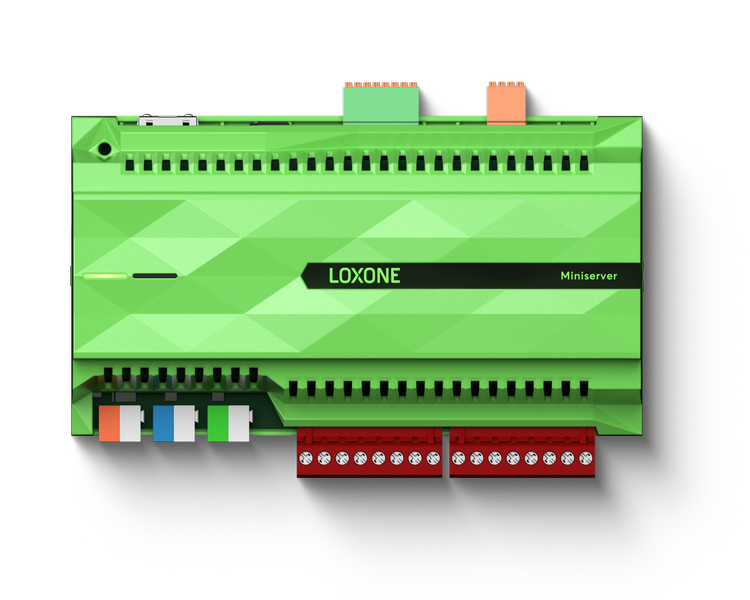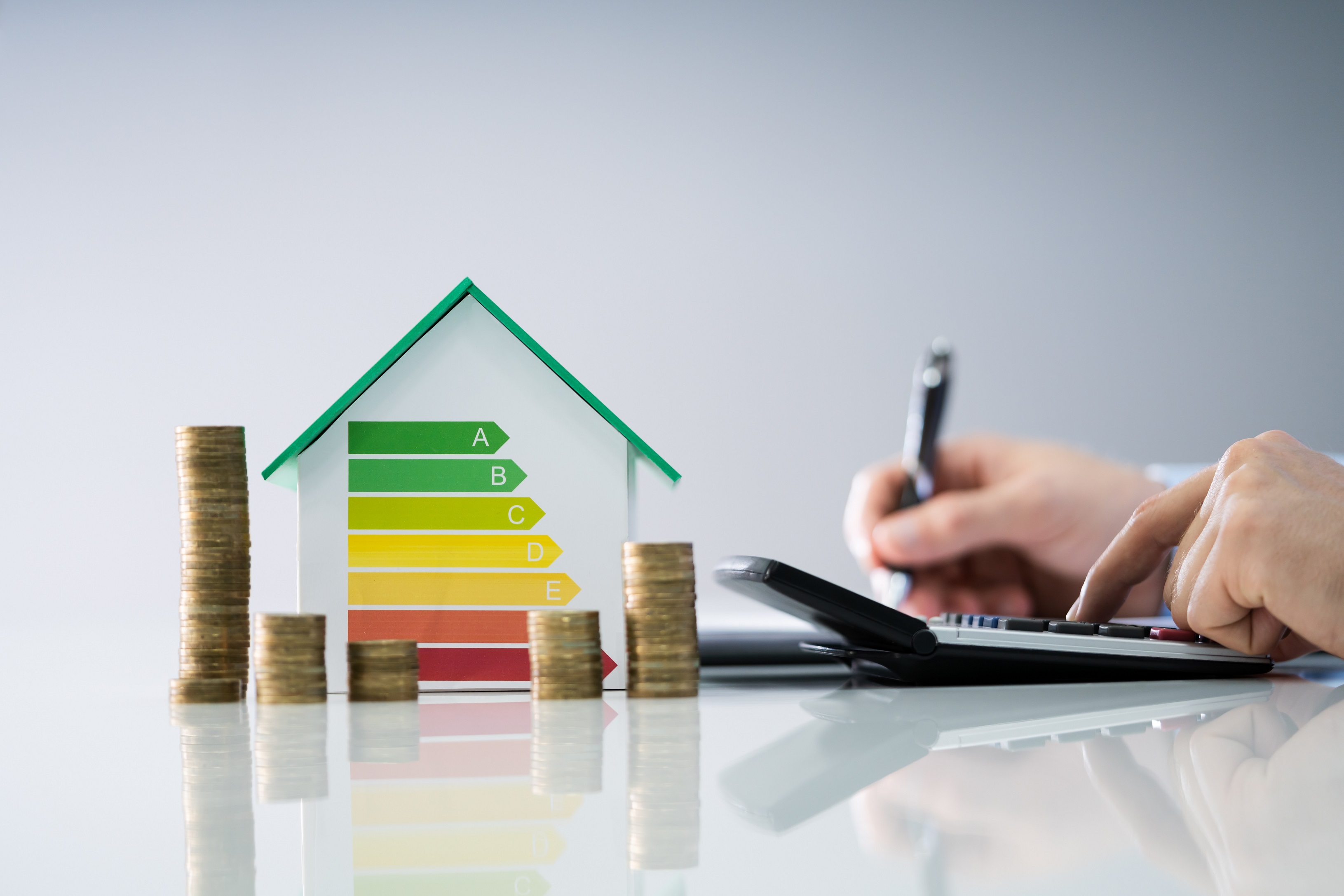Building Automation and Smart Homes: What You Need to Know as an Electrician
Even as a professional focusing on conventional electrical systems, you’re bound to come across smart home and building automation from time to time. It’s no wonder, as more and more clients are opting for these systems, which offer more convenient and economical solutions, whether for newly built properties or home renovations. It is therefore worthwhile to be up to date when it comes to the benefits and characteristics of building automation. Don’t worry, in this article we will guide you through the basics and also help you to keep up with changing trends (without investing a lot of energy!).
Don’t worry, in this article we will guide you through the basics and also help you to keep up with changing trends (without investing a lot of energy!).
What’s the difference between home automation and smart homes?
Although they’ve become household terms in the industry, many people don’t know the exact difference or treat them as synonyms. While it is true that smart homes and building automation systems are both designed to increase the comfort and security of homes and save owners time and money, they perform different functions.

Smart homes
A smart home is a set of devices and appliances that can communicate with each other. Examples include televisions, security systems, smartphones, lighting, heating, and entertainment devices.They are also connected to the Internet so they can be monitored and controlled remotely. This means you can manage your home devices with an app on your smartphone, tablet, or computer. Or you can use voice commands from Google Assistant or Amazon Alexa. Smart home devices can connect to any available technology, including Wi-Fi, Bluetooth, and Z-Wave.
Some examples of the benefits of installing smart devices in your home:
- Change the color and brightness of lights with your phone
- Control the shades with voice commands
- Watch streaming services on your smart TV
- Check security camera images on your phone from your workplace
Building Automation

The essence of building automation is that tasks and functions are performed automatically, without direct intervention by the owner. For example, the popular building automation system Loxone coordinates with its smart control the heating, cooling, blinds, ventilation and lighting to maximize energy savings and comfort.
Here are some examples of what automation can do:
- When leaving the building, the lights turn off automatically
- When entering the bathroom in the morning, our favorite “shower” music plays
- When the alarm goes off, a notification is sent
- When leaving the house, the system provides a heat-saving temperature
- The blinds go up or down depending on the position of the sun and the temperature
In other words, the difference between a smart home and a building automation system…
Building automation is in fact an extension of smart homes: while smart home devices need to be controlled by the client, automation systems work without manual (or remote) control, based on pre-set settings. For example, the coordinated operation of the elements of the Loxone system is managed by a central control unit, the Loxone Miniserver. Modules, devices, sensors and network devices that control lighting, shading, audio, temperature control and security systems are connected to the Miniserver and share information with each other, ensuring maximum comfort and optimal energy use.
Why are more and more customers opting for building automation systems?
Energy efficiency
One of the most useful and important features of smart homes today is the sophisticated way they reduce energy consumption. They take into account our habits without drastically limiting our comfort, ensuring that we really do use as much electricity, water and gas as we need. Controlled lighting and temperature regulation using presence sensors, automatic adjustment of blinds to the outside and inside temperature and the position of the sun can mean energy savings of up to 30-40%!

Comfort
Thanks to smart devices, we can now turn on the lights, lower the blinds and check that all doors and windows are closed with a few touches from the comfort of our sofa or even from the other side of the world. And with automatic systems, there’s no need for any intervention, your home will take care of your comfort without you noticing.
Safety and Security
Keyless entry systems, presence detectors and cameras work together to eliminate the fear of intruders and the headache of lost keys. In offices and hotels, a smart smoke detector can also keep occupants safe by activating the fire alarm system, opening doors and windows, turning off the stove, and alerting occupants.
Keep up with smart solutions
Electrical planning software
The good news is that uplan electrical planning software (offering free trial) makes your job easier even when it comes to conventional electrical installations, and it’s almost indispensable when it comes to designing building automation and IT systems. The automated software saves you a lot of time and effort, and in addition to the electrical plan, the program also generates a detailed quote and technical documentation.
Loxone training for installers and programmers
With more and more customers opting for automated solutions, from hotel chains to family homes, it’s worth investing in a few days of training. By completing the Loxone installer training courses available in many countries, you can secure new projects in the long run.